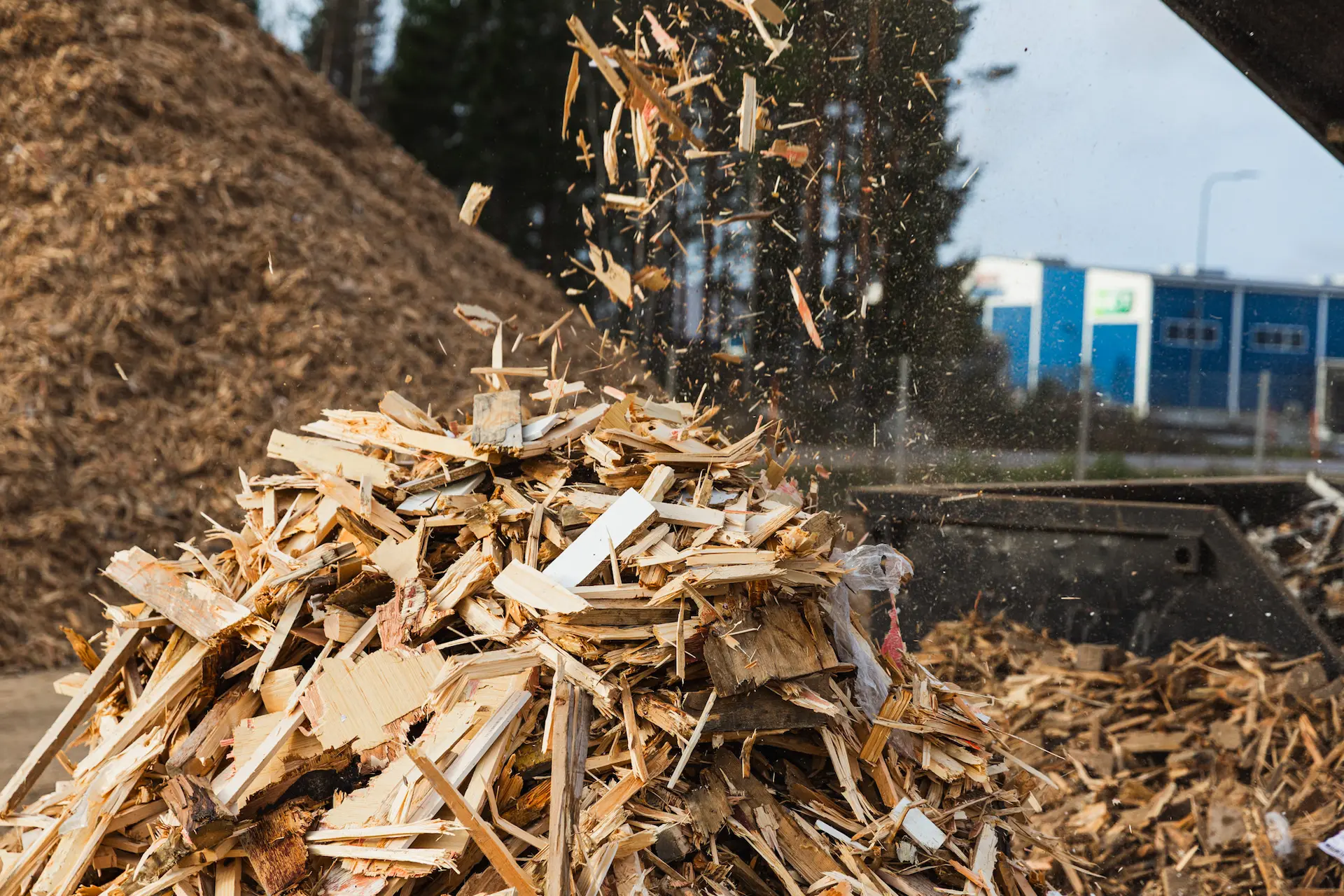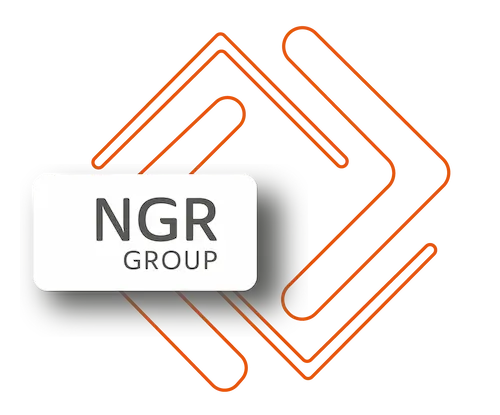
The End of Waste
The EU is now taking major steps to truly realize the circular economy, and with the upcoming Circular Economy Act, planned for adoption in 2026, the Union aims to create a common European market for secondary raw materials and make it significantly easier to recycle, reuse, and circulate resources between member states. For an actor like NGR, which works daily with waste, resource management, and circular solutions, this is one of the most important changes in many years.
The background to the reform is clear: today, only about 12 percent of Europe’s material flows are recirculated. This means that most of what we use still becomes waste, even though much of it has the potential to live on as new material. The EU’s goal in the Clean Industrial Deal is to double the circularity rate to 24 percent by 2030. The Circular Economy Act is intended to become the political and practical tool that makes this possible.
In practice, the legislation means that the EU wants to harmonize the rules for recycled materials. Today, legislation and interpretations vary between countries, creating unnecessary obstacles for companies working with recycling and material recovery. The Circular Economy Act will simplify these flows and clarify when a material should no longer be considered waste but a resource – what is often called “end-of-waste.” Here, common quality requirements, clearer criteria, and greater predictability are expected for companies demanding recycled raw materials.
Digitalization will also play an important role. The EU wants to introduce new digital systems for traceability, reporting, extended producer responsibility, and cross-border “waste shipments.” As early as 2026, a digital waste shipment system should be in place. The goal is to provide better control over flows while making it easier to act legally, transparently, and efficiently. At the same time, product requirements will tighten. Public procurement and industrial processes will increasingly need to use recycled materials. Products must become easier to repair, disassemble, and recycle. This means that demand for high-quality recycled raw materials is expected to grow rapidly in the coming years.
The European Commission’s public consultation on the Circular Economy Act is currently underway and will continue until November 2025. The legislative proposal is then expected to be finalized and presented towards the end of 2026. This is therefore the right time for companies and municipalities to follow developments, analyze the potential impacts of the law, and begin planning how best to adapt their activities.
For NGR, the Circular Economy Act brings both opportunities and responsibilities. Opportunities because more companies will need solutions to sort, collect, recycle, and track their material flows. Responsibility because the requirements for quality, documentation, and circular materials will increase—something we are already working systematically on in our operations. As the EU accelerates the transition, NGR can contribute with expertise, guidance, and practical solutions that make the shift both easier and more value‐creating for our customers.
The Circular Economy Act is more than a law; it is a benchmark for how Europe wants to use its resources going forward. For those of us working at the center of material, waste, and recycling flows, this is a clear sign that circular thinking is no longer a sidetrack but the new main path.
